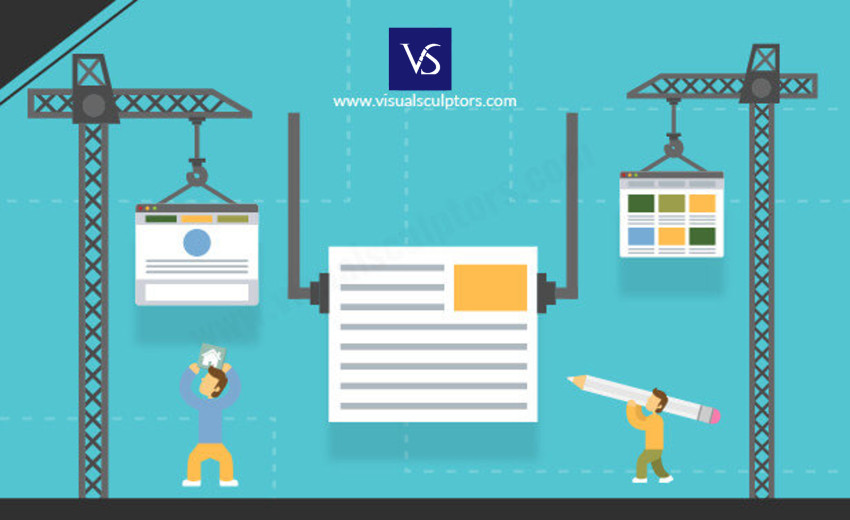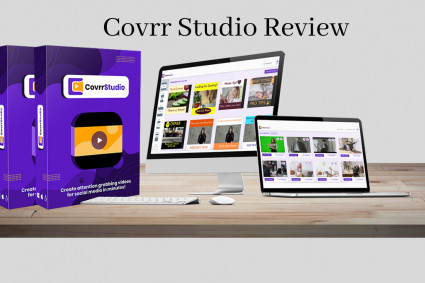
I. Introduction
Effective business communication demands the utilization of presentation software, and the prevailing options in the market today are Google Slides and Microsoft PowerPoint. The discourse on which of these tools is superior has been a subject of deliberation among experts for a considerable time.
Although each platform boasts its distinctive attributes, their respective advantages and limitations have sparked a significant debate. Therefore, it is fundamental to consider the user's needs, the presentation type, and the audience before selecting the ideal tool.
This article endeavors to provide an in-depth comparison of both software, outlining their strengths, weaknesses, and overall efficacy. Ultimately, the choice of presentation software rests on the user's preferences and the specific requirements of the presentation.
A. Explanation of Google Slides and PowerPoint
Google Slides and PowerPoint are both presentation software tools that are widely used in the professional world. These tools allow users to create visually appealing presentations that can be used for a variety of purposes, such as business meetings, academic lectures, or training sessions. Google Slides is a cloud-based software that is part of Google Suite, while PowerPoint is a standalone software developed by Microsoft. Both tools offer a wide range of features, including the ability to add text, images, videos, and animations to slides. Additionally, Google Slides can be easily shared and collaborated on with others, while PowerPoint offers more advanced design capabilities. Overall, both tools offer valuable options for creating engaging and effective presentations.
B. Overview of the ongoing debate
The ongoing debate over a particular issue is a complex and multifaceted discussion that involves many different perspectives and opinions. At the heart of this debate are a range of competing interests and values, including economic growth, social justice, environmental sustainability, and individual rights. While some argue that one particular approach is best, others maintain that a more nuanced and balanced approach is necessary in order to effectively address the issue in question. As the debate continues, it is important to carefully consider all perspectives, weigh the various trade-offs and benefits of different approaches, and work towards finding common ground to achieve the best possible outcomes for all stakeholders involved.
II. Features and Functionality
A. Comparison of basic features - design, text, images, etc.
When it comes to creating visually appealing and informative content for websites or marketing materials, it is important to compare the basic features of design, text, images, and other elements. The design of a website or marketing material should be clean, modern, and easy to navigate. The text should be concise and easy to read, with headings, subheadings, and bullet points to break up the information. Images should be high-quality, relevant, and appropriately sized. Overall, the basic features of design, text, and images should work together seamlessly to convey the intended message and grab the attention of the target audience. By focusing on these basic features, businesses can create effective marketing content that will leave a lasting impression on potential customers.
B. Special features unique to each platform
Each platform, whether it be a social media site, messaging app, or operating system, has its own set of special features that make it unique. For example, Instagram's focus on visual content is reflected in its filters and editing tools, while Twitter's character limit forces users to be concise and to-the-point in their messaging. On the messaging app WhatsApp, end-to-end encryption ensures that users' conversations remain private, while on the gaming platform Steam, users can take advantage of its community features to connect with other gamers and join groups for specific games. Understanding the special features of each platform is essential for businesses and individuals alike to effectively utilize their technology and reach their desired audience.
III. Collaboration and Sharing
A. Google Slides' real-time collaboration
Google Slides' real-time collaboration feature is a powerful tool that allows multiple users to work simultaneously on the same presentation. This feature enables teams to collaborate and communicate in real-time, regardless of their location. The ability to collaborate in real-time saves time and increases productivity by allowing team members to work together efficiently and effectively. Additionally, real-time collaboration ensures that every team member has access to the most up-to-date version of the presentation, reducing the risk of errors or inconsistencies. Overall, Google Slides' real-time collaboration feature is an asset for teams that require seamless collaboration and communication in their presentations.
B. PowerPoint's sharing options
PowerPoint's sharing options allow users to collaborate and communicate with ease. With the ability to upload presentations to the cloud, users can share their work with others in real-time. This feature is especially beneficial for teams that need to work together on a project or presentation. Additionally, PowerPoint's sharing options enable users to send presentations via email or social media platforms. This allows for broader distribution and makes it easy to share with colleagues or clients who may not have access to the cloud. Overall, PowerPoint's sharing options offer a variety of ways for users to share their presentations and collaborate with others, making it a valuable tool for professional communication.
IV. Cost and Accessibility
A. Cost breakdown for each platform
When planning a software project, one of the key considerations is the cost breakdown for each platform. This involves analyzing the expenses associated with developing and maintaining the software on different operating systems, such as iOS, Android, and web platforms. The cost breakdown typically includes factors such as development time, infrastructure costs, licensing fees, and ongoing maintenance and support. It's important to consider the unique features and requirements of each platform, as well as the target audience and business goals, when determining the cost breakdown. By carefully assessing the costs and benefits of each platform, software developers can make informed decisions and optimize their investment in the project.
B. Accessibility on different devices
Accessibility on different devices is a crucial aspect of any website or application's success. With the growing number of devices available in the market, it is important to ensure that users can access content seamlessly across different platforms. This includes mobile devices, desktops, and tablets, among others. Implementing responsive design is one way to guarantee accessibility, as it allows websites and applications to adjust to the screen size of the device being used. Additionally, providing options such as text-to-speech and high contrast modes can make content more accessible for users with disabilities. Ensuring that users can access content on any device is not only beneficial for the user experience but also for the success of the website or application.
V. User Experience
A. Ease of use and learning curve
Ease of use and learning curve are critical aspects of any software or product. When designing a product, it is essential to consider how easy it will be for users to navigate, complete tasks, and achieve their goals efficiently. A steep learning curve can lead to user frustration and abandonment of the product, while a simple and intuitive design can enhance user satisfaction and improve the overall user experience. To ensure ease of use, designers should focus on creating a clear and consistent user interface, providing helpful feedback, and avoiding unnecessary complexity. Additionally, providing useful documentation and tutorials can help users master the product quickly and effectively.
B. Customization options
Customization options are a crucial aspect of any product or service as they allow users to tailor their experience according to their unique needs and preferences. In today's competitive market, businesses need to offer a wide range of customization options to keep their customers satisfied and engaged. From personalized interfaces and branding to customizable features and functionalities, every aspect of a product or service can be customized to meet the specific needs of the users. Providing customization options not only enhances the user experience but also increases customer loyalty and retention. Therefore, it is essential for businesses to invest in customization options to stay ahead of the competition and deliver exceptional value to their customers.
VII. Conclusion
To conclude, both Google Slides and PowerPoint have their unique strengths and limitations. Google Slides is ideal for real-time collaboration, access to cloud storage, and ease of sharing files. PowerPoint, on the other hand, offers more advanced features for design and presentation customization. Ultimately, the choice between the two comes down to personal preference and the specific needs of the user. Whether you choose Google Slides or PowerPoint, it's important to remember that the effectiveness of any presentation ultimately depends on the quality of content and the ability of the presenter to engage their audience.
A. Recap of main points
The Great Debate: Google Slides vs. PowerPoint - Which Reigns Supreme? brought to light some important points in the world of presentation software. The debate covered the features, ease of use, collaboration capabilities, and accessibility of both Google Slides and PowerPoint. It was emphasized that Google Slides offers greater collaboration features and accessibility, while PowerPoint provides more advanced design capabilities. It was also mentioned that Google Slides' cloud-based design allows for easy sharing and real-time collaboration, whereas PowerPoint requires downloading and sharing of individual files. Ultimately, the choice between the two comes down to personal preference and specific project needs. It is important to assess the situation and choose the best tool for the job.
At Visual Sculptors, we take great pride in providing unparalleled PowerPoint presentations to a diverse array of global clients.
Visual Sculptors - Led by ex-McKinsey designers’ team.
Our team, comprised of esteemed former designers from McKinsey, boasts a wealth of experience in developing visually captivating materials, spanning across platforms including Canva, Google Slides, and Adobe Acrobat. Our commitment to delivering exceptional services ensures that your audience will be enthralled and captivated by your presentation. Our services deliver top-notch presentations that are sure to impress and engage your audience.




